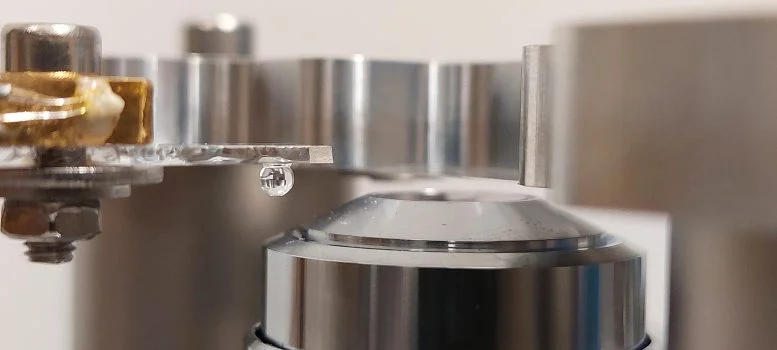Examining tissues, cells and proteins under a microscope is important for the prevention and treatment of diseases. This research requires accurate measurements of the dimensions of these biological structures. However, when viewed under a light microscope, these samples can sometimes appear flatter than their actual shape.
Delft University of Technology researchers have shown for the first time that this distortion is not permanent, as many scientists had assumed for decades. Published breakthrough Optical, confirming Nobel laureate Stefan Hell’s prediction in the 90s. With an online calculation tool and software, any researcher can now determine the correct depth for a biological sample.
Flattened example
When viewing biological samples with a microscope, the light beam is distorted if the objective lens is in a different environment than the sample. For example, if you look at a sample of water using a lens surrounded by air, the light rays will bend more sharply in the air around the lens than in the water. This distortion causes the measured depth in the sample to be less than the actual depth.
As a result, the sample appears flattened. “This problem has been known for a long time, and theories for determining the correction factor for depth determination have been developed since the 80s. However, all these theories assumed that this factor was constant regardless of the sample depth. This was later explained by Nobel laureate Stefan Gell in the 1990s. This is despite pointing out that scaling may depend on depth,” explains Associate Professor Jacob Hogenboom.
Calculations, experiments and a web tool
Serhiy Loginov, a former postdoctoral researcher at Delft University of Technology, showed through calculations and a mathematical model that the sample does indeed appear flatter as it approaches the lens than it does further away. Graduate student Daan Boltje and postdoctoral researcher Ernest van der Wie later confirmed in the laboratory that the correction factor depends on depth.
Van der Wie: “We compiled our results into a web tool and software that accompanies the paper. “With these tools, anyone can determine the exact correction factor for their experiments.”
Understanding abnormalities and diseases
“Thanks to our computational tool, we can now very precisely cut a protein and its environment through a biological system to determine the structure using electron microscopy. This type of microscopy is very complex, time-consuming and incredibly expensive, so it’s really important to make sure you’re looking at the right structure,” says Boltier .
“With our more accurate depth detection, we need to spend much less time and money on samples that miss the biological target. As a result, we can examine more relevant proteins and biological structures. Determining the precise structure of a protein in a biological system is critical for understanding and ultimately combating abnormalities and diseases .”
About the web tool
In the web tool, you can fill in details about your experiment, such as the refractive index, aperture angle of the lens, and wavelength of light used. The tool then displays a curve for the depth-dependent scaling factor. You can also export this data for your own use. Additionally, you can plot the result along with the result of each of the existing theories.













